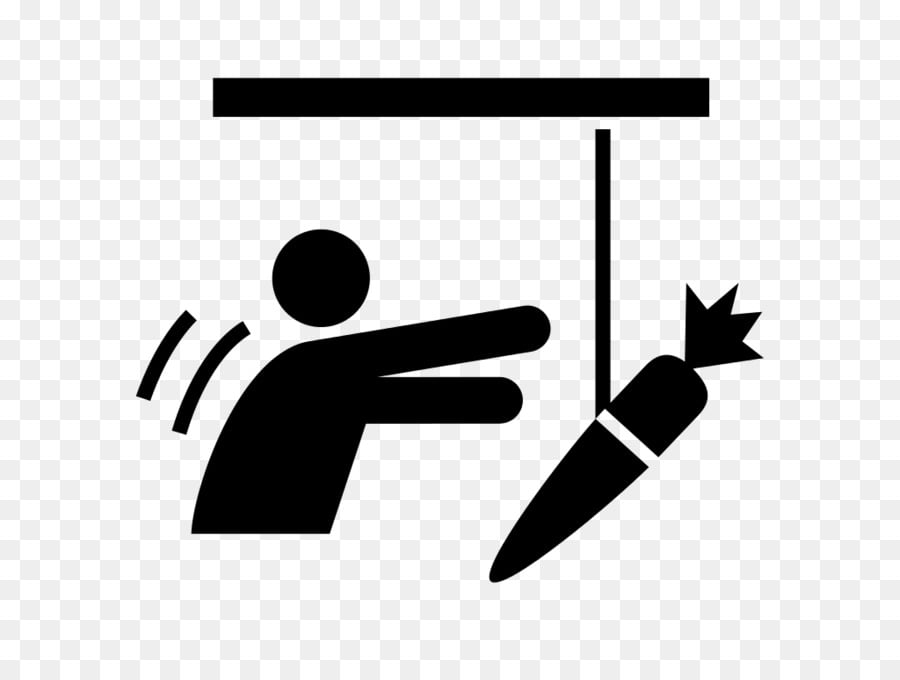The Role of Lean Thinking in Strategic Operations Management
In today's highly competitive business landscape, organizations are constantly seeking ways to improve their operational efficiency and effectiveness. Lean thinking has emerged as a powerful tool in strategic operations management, helping businesses achieve their goals while minimizing waste and maximizing value. Let's explore the role of lean thinking in strategic operations management and how it can drive success for businesses.
-
What is Lean Thinking? 🤔 Lean thinking is a management philosophy and approach that focuses on creating value for customers through the relentless pursuit of waste reduction. It encourages organizations to eliminate non-value-added activities and optimize processes, ultimately leading to increased productivity, reduced costs, and improved customer satisfaction.
-
Lean Thinking and Business Planning 📊 When incorporating lean thinking into business planning, organizations can streamline their operations, align resources, and optimize the allocation of capital. By identifying and eliminating waste, businesses can make more informed decisions that drive growth and profitability.
Example: A clothing retailer uses lean thinking to analyze its supply chain, identifying areas of waste such as excess inventory and transportation inefficiencies. By implementing lean principles, they can optimize their inventory management and reduce lead times, resulting in a more efficient and cost-effective operation.
- Lean Thinking and Strategic Management 🔑 Strategic management involves setting objectives, formulating strategies, and aligning resources to achieve organizational goals. Lean thinking complements this process by providing a systematic approach to identify and overcome operational barriers, ensuring that strategic objectives are effectively executed.
Example: An automotive manufacturer incorporates lean thinking into their strategic management by implementing a just-in-time production system. This enables them to reduce inventory levels, improve production flexibility, and respond more effectively to changing market demands.
- Lean Thinking and Process Improvement 🔄 One of the core tenets of lean thinking is continuous improvement. By empowering employees to identify and eliminate waste in their respective processes, organizations can foster a culture of innovation and efficiency.
Example: A software development company adopts lean thinking principles to streamline its software development lifecycle. Through daily stand-up meetings and regular retrospectives, the team identifies and eliminates bottlenecks, resulting in shorter development cycles and quicker time-to-market for their products.
- Lean Thinking and Value Stream Mapping 🗺️ Value stream mapping is a visual representation of the end-to-end process that delivers value to the customer. By mapping out the current state and identifying areas of waste, organizations can design and implement lean strategies to optimize the value stream.
Example: A healthcare provider uses value stream mapping to analyze its patient journey, from initial consultation to treatment and follow-up. By identifying areas of inefficiency, such as excessive wait times and redundant paperwork, they can redesign their processes to improve patient experience and reduce costs.
- Lean Thinking and Supply Chain Management 🚚 Lean thinking can significantly impact supply chain management by reducing lead times, improving delivery performance, and minimizing inventory levels. By eliminating waste and optimizing processes, organizations can enhance their supply chain's agility and responsiveness.
Example: A food manufacturer embraces lean thinking in its supply chain management by implementing a vendor-managed inventory system. This allows them to collaborate closely with suppliers, ensuring timely delivery of raw materials and reducing the risk of stockouts.
- Lean Thinking and Customer Satisfaction 😃 By focusing on waste reduction and process optimization, lean thinking ultimately leads to improved customer satisfaction. Organizations that embrace lean principles can deliver products and services faster, with higher quality, and at a lower cost, making them more competitive in the market.
Example: An e-commerce company embraces lean principles in its order fulfillment process. By reducing order processing time and minimizing errors, they can ensure prompt and accurate deliveries, resulting in satisfied customers and increased repeat business.
- Lean Thinking and Employee Engagement 👥 Empowering employees to identify and eliminate waste not only improves operational efficiency but also enhances employee engagement. When employees feel their ideas are valued and contribute to process improvements, they become more invested in the organization's success.
Example: A manufacturing company encourages employees to participate in lean improvement projects, offering incentives and recognition for their contributions. This not only fosters a culture of continuous improvement but also enhances employee satisfaction and retention.
- Lean Thinking and Cost Reduction 💰 Cost reduction is a significant aspect of lean thinking. By eliminating waste and improving process efficiency, organizations can reduce their operating costs, allowing them to allocate resources more effectively and invest in growth initiatives.
Example: A telecommunications provider adopts lean thinking in its customer service operations. Through the implementation of self-service options and automation, they can reduce call handling time and staffing requirements, resulting in substantial cost savings.
- Lean Thinking and Risk Management ⚠️ By optimizing processes and reducing waste, lean thinking helps organizations mitigate risks associated with operational inefficiencies. It allows businesses to proactively identify and address potential bottlenecks, ensuring smooth operations and minimizing disruptions.
Example: A logistics company applies lean thinking to its warehouse operations, organizing inventory for efficient picking and packing. This reduces the risk of errors and delays, improving order accuracy and on-time delivery rates.
- Lean Thinking and Innovation 🚀 Contrary to popular belief, lean thinking and innovation go hand in hand. By encouraging a culture of continuous improvement, lean principles drive innovation by challenging the status quo and fostering creativity within organizations.
Example: A technology startup embeds lean thinking into its product development process. By regularly seeking customer feedback and iterating on their solution, they can rapidly adapt to market needs and deliver innovative products that exceed customer expectations.
- Lean Thinking and Sustainability ♻️ Sustainability is a growing concern for businesses worldwide. Lean thinking promotes sustainable practices by eliminating waste, reducing resource consumption, and minimizing environmental impact.
Example: An automotive manufacturer embraces lean thinking in its production processes, implementing energy-efficient technologies and waste reduction strategies. This not only reduces their carbon footprint but also results in long-term cost savings.
- Lean Thinking and Organizational Culture 🏢 Successfully implementing lean thinking requires a cultural shift within an organization. It requires a commitment from top management to empower employees, encourage collaboration, and foster a mindset of continuous improvement.
Example: An engineering firm adopts lean thinking principles and establishes a dedicated improvement team. This team conducts regular training sessions, encourages employee participation, and recognizes achievements, creating a culture that embraces lean principles.
- Lean Thinking and Performance Measurement 📈 To ensure the effectiveness of lean thinking initiatives, organizations need to establish relevant performance metrics and monitor progress regularly. This allows them to identify areas for improvement and make data-driven decisions.
Example: A financial institution implements lean thinking in its loan approval process and tracks key performance indicators such as cycle time and error rate. By regularly reviewing these metrics, they can identify bottlenecks and implement corrective actions to improve process efficiency.
- The Future of Lean Thinking 💡 As organizations continue to navigate an ever-changing business landscape, lean thinking will play a crucial role in strategic operations management. By continuously seeking ways to improve efficiency, reduce waste, and deliver value to customers, businesses can remain competitive and thrive in the future.
In conclusion, lean thinking offers businesses a powerful approach to strategic operations management. By focusing on waste reduction, process optimization, and value creation, organizations can drive operational excellence, enhance customer satisfaction, and achieve sustainable growth. Embracing lean principles is not just a trend but a mindset shift that can create a competitive advantage in today's dynamic business environment. So, what do you think about the role of lean thinking in strategic operations management? How can it benefit organizations in different industries? Share your thoughts and viewpoints! 🤩






